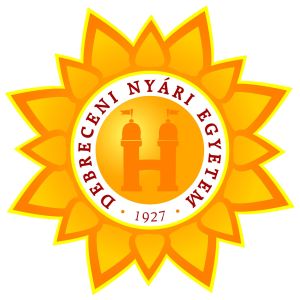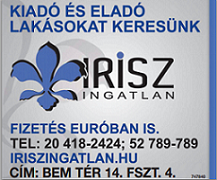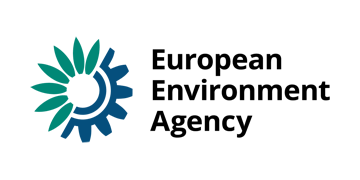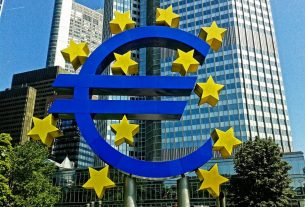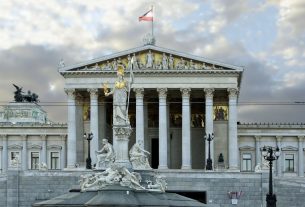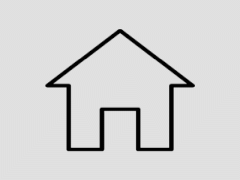What could a sustainable Europe look like in 2050? A European Environment Agency (EEA) web report, published today, presents four ‘imaginaries’, or scenarios, offering strongly contrasting approaches to achieving Europe’s socio-economic and environmental goals. The report is based on co-creative work by the EEA and its network (Eionet).
Achieving a sustainable Europe will require far-reaching societal change, engaging all areas of the economy and society according to the EEA web report ‘’. Since 2020, the EEA and Eionet (Environmental Information and Observation Network) have been exploring how to use qualitative scenarios or ‘imaginaries’ to support environmental assessment and governance.
The EEA report is the first output from this process. It sets out four engaging, plausible and clearly contrasting images of a sustainable Europe, reflecting different assumptions about how socio-economic, environmental, technological and political trends will develop and interact, as well as contrasting visions of desirable futures.
None of these imaginaries are expected to be fully realised. Yet, they provide a valuable tool to understand the assumptions and trade-offs inherent in different futures and how innovation, policy, finance and public participation can drive transitions. They also provide the basis for further research. For example, the EEA will use these imaginaries to inform analysis of future sustainability for Europe’s key production-consumption systems (food, energy, mobility, buildings) and to support deeper understanding of the EU’s long-term sustainability and resilience to potential global shocks.
The EU’s flagship policy framework, the European Green Deal, identifies the need for ‘deeply transformative’ policies and actions in coming decades. Meanwhile, questions about the viability of the current economic models and concepts are moving to the mainstream of academic and policy debates. Recent global crises like the COVID-19 pandemic have highlighted the vulnerabilities of the existing socio-economic system and challenged assumptions about how Europeans will live and work in coming decades.
In this complex and uncertain context, Europe’s governments and societies are increasingly looking to so-called strategic foresight approaches to explore possible futures and their implications for policy and planning today. Foresight methods can assist decision-making in a variety of ways, for example in scanning for emerging trends, innovations and risks; drawing out tacit values and assumptions about the future; building common ground and shared visions; and developing a shared understanding of barriers and opportunities.
eea.europa.eu


